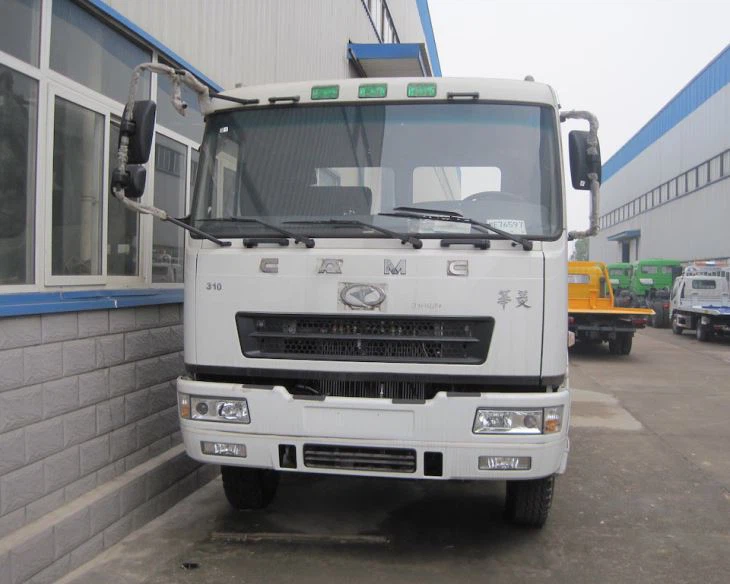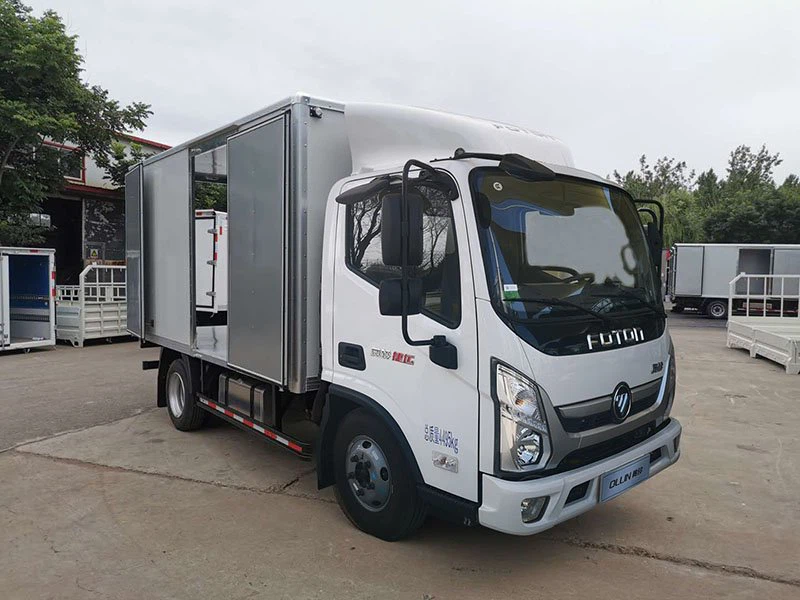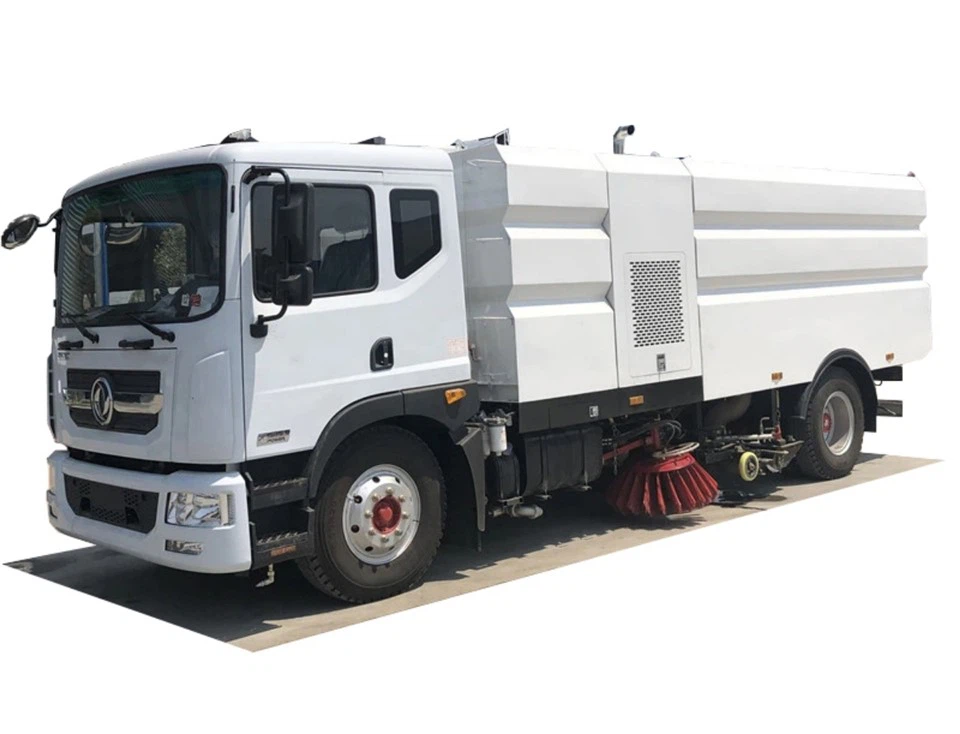Grapple Loader for Sale: A Comprehensive Guide to Choosing the Right Equipment

Introduction
When it comes to material handling and forestry work, grapple loaders are indispensable tools. These heavy-duty machines boost efficiency and precision, making them a popular choice in many industries. This article explores everything you need to know about grapple loaders, including their features, advantages, types, and guidance on purchasing one. Whether you are a contractor, a farmer, or a business looking to enhance your operations, understanding grapple loaders will help you make an informed decision about your investment.
What is a Grapple Loader?
A grapple loader is a type of machine designed to lift and load bulky materials. It typically features a specialized claw or grapple attachment that allows for secure handling of logs, rocks, and other heavy items. Grapple loaders are commonly used in construction, forestry, recycling, and landscaping. One of the major advantages of these loaders is their ability to operate in tough terrain while offering precision and control.
Key Components of a Grapple Loader
- Frame: The main structure that supports the loader’s components.
- Loader Arm: Moves the grapple and the attached load.
- Grapple Attachment: The claw-like implement that grips and holds materials.
- Hydraulic System: Powers the movements of the loader and the grapple.
- Cab and Controls: Where the operator sits and manages the loader’s functions.
Advantages of Grapple Loaders
1. Enhanced Efficiency
Grapple loaders can significantly improve efficiency by allowing operators to handle large loads in a shorter time. This efficiency not only saves time but also reduces overall labor costs.
2. Precise Handling
The design of grapple loaders enables precise control over the load, making them ideal for delicate tasks that require finesse.
3. Versatility
Grapple loaders can be used in various applications, from moving logs in a forestry operation to loading debris at a construction site, making them a versatile equipment choice.
4. Reduction of Injury Risk
By mechanizing the lifting and loading process, grapple loaders reduce the physical strain on workers, minimizing the risk of injuries related to manual handling.
Types of Grapple Loaders
1. Wheel Loaders
Wheel loaders are known for their mobility and speed. They are best for lifting materials over short distances. Wheel loaders equipped with grapple attachments are effective in a variety of scenarios, including construction and landscaping.
2. Track Loaders
Track loaders provide better stability and traction on rough or uneven ground. They are favored for forestry work where terrain can be challenging. The increased weight distribution allows them to work effectively in muddy or soft areas.

3. Mini Grapple Loaders
These are smaller versions that are perfect for tight spaces. Mini grapple loaders are highly maneuverable, making them ideal for urban construction sites or residential areas where space is limited.
4. Telehandlers with Grapple Attachments
Telehandlers, or telescopic handlers, have an extendable arm that adds considerable reach. When equipped with grapples, they can handle high loads and reach over obstacles, making them suitable for agricultural applications.
Choosing the Right Grapple Loader
1. Assess Your Needs
Start by evaluating the primary applications for which you intend to use the grapple loader. Consider factors such as load type, weight, and typical working conditions.
2. Evaluate Load Capacity
Different models have varying load capacities. Ensure the grapple loader can handle the heaviest loads you plan to lift.
3. Hydraulic Power
Check the hydraulic system’s efficiency, as this will determine your loader’s performance and responsiveness. A strong hydraulic system is critical for maneuvering heavier loads.
4. Choose the Right Attachment
Grapple loaders can be fitted with a variety of attachments. Select the one that best suits your operational needs, whether it’s designed for logs, debris, or other materials.
5. Brand and Model Reputation
Research brands and read reviews. Established brands often provide more reliable products and better after-sales service.
Where to Find Grapple Loaders for Sale
1. Local Equipment Dealers
Your first stop should be local equipment dealers who can provide firsthand demonstrations of the machines. They may also have options for both new and used grapple loaders.
2. Online Marketplaces
Websites like eBay, Craigslist, and specialized equipment sales sites often list new and used grapple loaders for sale. Make sure to verify the seller’s reputation.
3. Auctions
Industrial equipment auctions can be a treasure trove for buying used grapple loaders at a potentially lower price than retail. Be prepared to act quickly since these auctions can be competitive.
4. Rental Companies

While not a purchase, rental companies often sell older models when upgrading their fleet. This can be a cost-effective way to acquire quality equipment.

Cost of Grapple Loaders
The price of grapple loaders varies significantly based on type, size, and brand, ranging from a few thousand dollars for used mini loaders to over $100,000 for new, heavy-duty models. Below is a general breakdown of expected costs:
| Type of Grapple Loader | Price Range |
|---|---|
| Mini Grapple Loader | $15,000 – $30,000 |
| Wheel Loader | $30,000 – $80,000 |
| Track Loader | $50,000 – $100,000 |
| Telehandler | $40,000 – $120,000 |
Maintenance Tips for Grapple Loaders
1. Regular Inspections
Conduct routine inspections of the loader and grappling equipment to catch potential issues early on. Check for wear and tear on hoses, the hydraulic system, and the grapple mechanism.
2. Keep Components Clean
Clean the loader regularly to prevent dust and debris buildup, which can affect performance. Use appropriate cleaning supplies to avoid damage to sensitive components.
3. Lubrication
Ensure that all moving parts are adequately lubricated to reduce friction and prevent wear. Refer to the operator’s manual for specific lubrication points.
4. Monitor Hydraulic Fluid Levels
Check hydraulic fluid levels often; low fluid can affect function and lead to more extensive repairs if neglected.
5. Store Properly
When not in use, store your grapple loader in a sheltered environment to protect it from the elements and prolong its lifespan.
FAQs
1. How do I determine the right grapple size for my loader?
The right grapple size depends on the types of materials you plan to handle and the loader’s lifting capacity. Consult the manufacturer for specifications.
2. Are grapple loaders easy to operate?
While they require some training, most grapple loaders are designed for ease of use, featuring intuitive controls that make operation straightforward.
3. Can I rent a grapple loader before purchasing?
Yes, many rental companies offer grapple loaders. Renting can provide hands-on experience with the equipment before making a significant investment.
4. What should I look for when buying used grapple loaders?
When buying used equipment, inspect the machine’s condition, check service history, and ensure that it has been well-maintained.
5. What are the financing options for purchasing a grapple loader?
Many dealers offer financing plans, leases, or low-interest loans. Explore different options to find the one that best suits your financial needs.
6. How can I increase the lifespan of my grapple loader?
Regular maintenance, proper cleaning, and following the manufacturer’s guidelines for operation will help prolong the life of your grapple loader.
